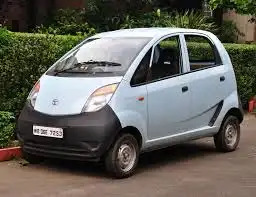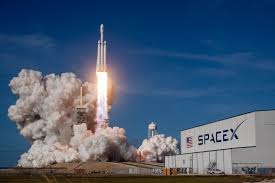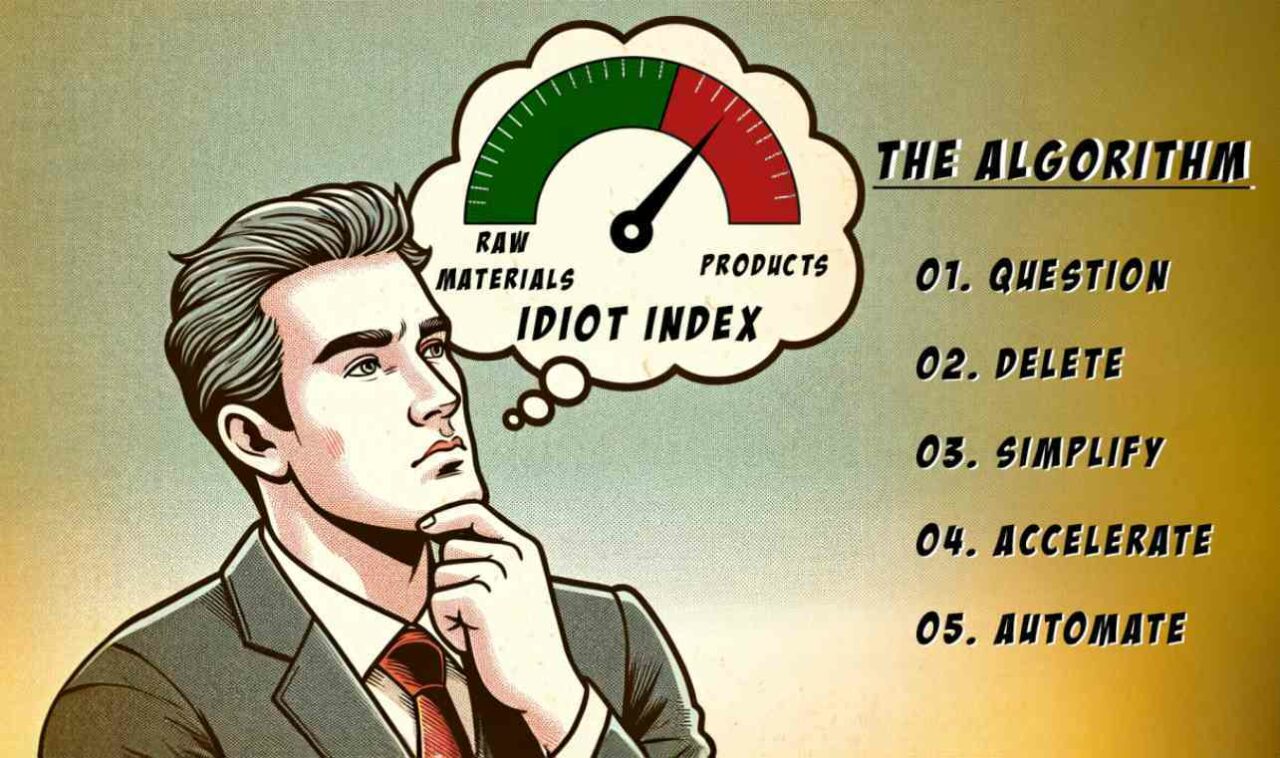In a typical manufacturing world, we either get a cheap quality addressing the mass market or high-quality, which is pricey and only addresses niche customers. 
When Tata Nano was introduced and pegged as a 1 lakh rupee car and branded as a car for everyone, it got plagued with esteem and quality issues, leading to eventual phase out from the segment.
| Cheap Quality | Mass Market |
| Class Product/quality | Niche Market |
The gap leaves a vast majority untapped who aspire for a decent quality product at an affordable price.
 A case in point is evergreen Maruti Swift, known for its durability and reliability. It has been a darling of the Indian middle class for providing an affordable car, even after more than two decades into launch, and it commands a significant market share.
A case in point is evergreen Maruti Swift, known for its durability and reliability. It has been a darling of the Indian middle class for providing an affordable car, even after more than two decades into launch, and it commands a significant market share.
| Quality Product | Decent Market Share |
Let’s dive into the HOW PART of this and dial into the richest man in the world what he does. Enter Elon Musk.


Elon built companies across industries on two core pillars
- Cost must be optimized
- Quality has to be top-notch
Musk introduced the concept of Idiot Index. In simple terms, it’s the cost of the base components compared to the total cost of the product. For example, if the base components cost $20, the total cost is $100, and $80 is the Idiot Index, translating to 80% inefficiency in the chain. Of course, it can never be zero.
This thought led to a relentless pursuit to question every requirement in various spheres he operated SpaceX, Tesla, and even his latest acquisition of Twitter.
When he realized that the cost of the components in the commodities market was only 2% of the cost of the rockets, he sniffed an opportunity and never looked back, and his starting point was an Idiot Index of 98%.
When Elon acquired Twitter, he felt it was overloaded and let go of almost 80% of the staff, and everyone was guessing Twitter would come crashing. Twitter has become X and is as popular as ever.
This relentless approach to reducing the idiot Index and manufacturing top-class products at an appropriate cost is how he garnered great market share and got into industries impenetrable and not friendly for a new player.
For ease, listing a few simple steps of Elon Musk
- No Name No Ownership – Shun Generic requirements. Any requirement should have the name of the person who initiated it.
- Validate before accepting – Don’t assume they are the correct inputs because they come from smart people.
- Eliminate what’s not needed before optimizing. Never optimize something which is not required.
- Accelerate after 1st three steps.
- Automate after the first four steps
There is a resistance to overpriced and not appropriately priced products. That’s the essence of the idiot index.
Some of the principles of Elon can go a long way.
Ashlee Vance (2017) and Walter Isaacson (2023) have documented his biography in elaborate detail. Pick it up at enough leisure to understand more of how he went about building amazing enterprises.
